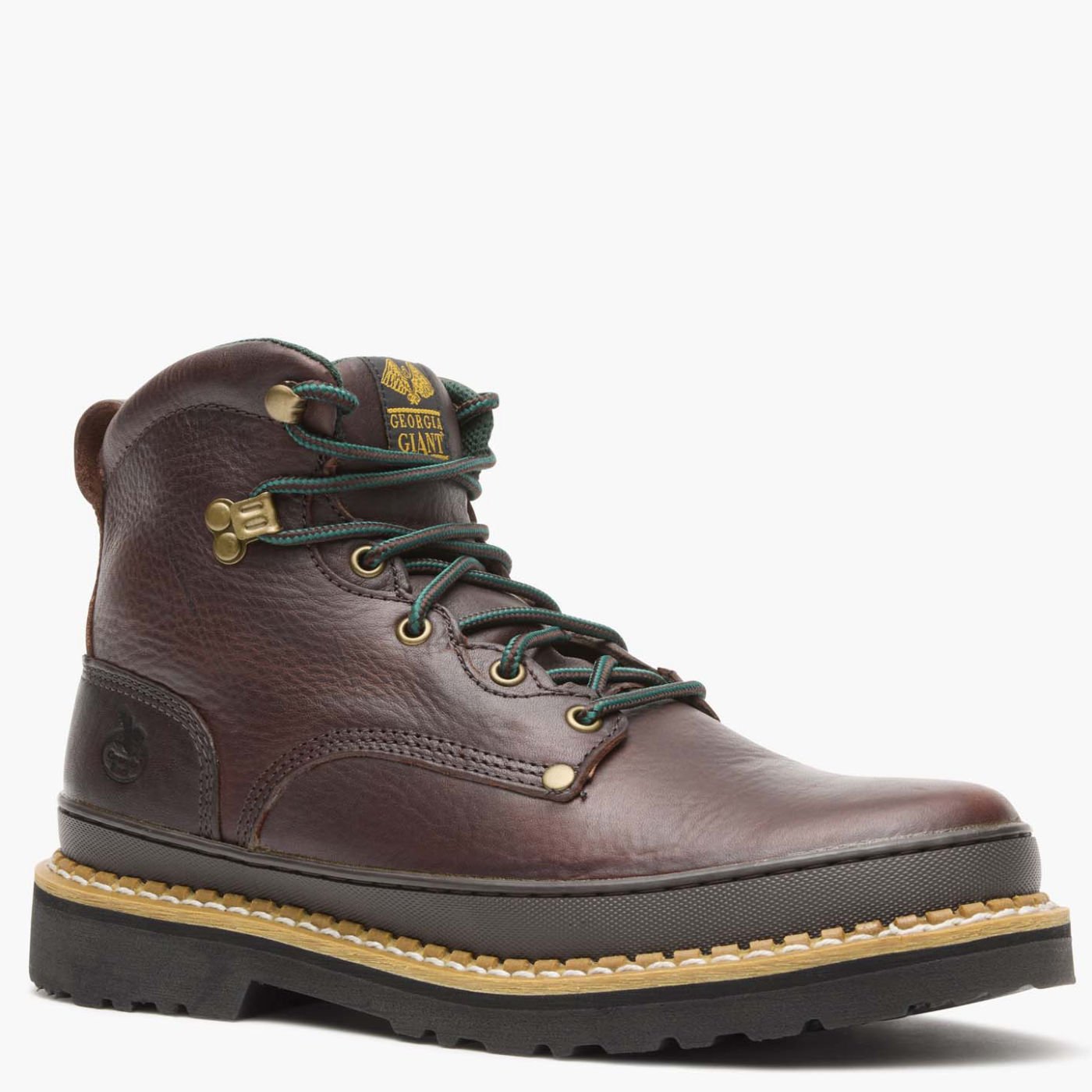Best Work Boot Options

When it comes to selecting the best work boots, several factors come into play, including the type of work, the environment, and personal comfort preferences. Work boots are not just a piece of footwear; they are an essential part of safety gear for many professions, offering protection against hazards such as heavy objects, electrical hazards, and slippery surfaces. Here, we will delve into the world of work boots, exploring their types, features, and what makes them suitable for different occupations and needs.
Understanding Work Boot Types
Work boots can be broadly categorized based on their intended use, materials, and features. The primary types include:
- Steel-Toe Boots: These boots have a steel cap in the toe area, designed to protect the feet from heavy objects that might fall on them. They are mandatory in many construction and manufacturing settings.
- Composite-Toe Boots: Similar to steel-toe boots but made with composite materials (like carbon fiber or plastic), these boots offer protection without the conductivity of metal, making them suitable for workplaces with electrical hazards.
- Soft-Toe Boots: Without any reinforcing cap in the toe, these boots are designed for jobs where toe protection is not a primary concern but are often preferred for their comfort and flexibility.
- Insulated Boots: Designed for cold environments, these boots have insulation to keep the feet warm, making them ideal for outdoor workers in winter conditions.
- Waterproof Boots: Featuring waterproof membranes like Gore-Tex or similar technology, these boots keep the feet dry in wet conditions, which is crucial for workers in rainy or flooded areas.
- Chemical-Resistant Boots: Made from materials that can withstand exposure to chemicals, these boots are a must in industries dealing with hazardous substances.
- Electrical Hazard (EH) Rated Boots: These boots are designed to protect against electrical shock, ensuring that the path to ground is resisted in case of contact with a live electrical circuit.
Features to Consider
When choosing work boots, several features should be considered for optimal performance and safety:
- Comfort: A good pair of work boots should provide adequate support and comfort throughout the day. Features like cushioning, breathable materials, and ergonomic design can enhance wearability.
- Slip Resistance: For workers in environments where floors can be slippery (such as in kitchens, hospitals, or outdoors), boots with slip-resistant soles are crucial to prevent falls.
- Breathability: Work boots that allow airflow can keep feet dry and comfortable, reducing the risk of fungal infections and blistering.
- Durability: The material and construction of the boots should be able to withstand the rigors of the job, including rough terrain, extreme temperatures, and potential chemical exposure.
- Weight: Lighter boots can reduce fatigue, making them preferable for jobs that involve a lot of walking or standing.
Best Options by Profession
Different professions require work boots with specific features tailored to the job’s demands. Here are some of the best options categorized by profession:
- Construction Workers: Look for boots with steel or composite toes, good ankle support, and slip-resistant soles. The Thorogood Men’s American Heritage boot is a good example, offering a balance of protection and comfort.
- Electricians: Electrical hazard-rated boots are a must. The Dr. Martens Adrian EH boot provides both protection against electrical shock and comfort for all-day wear.
- Outdoor Workers (e.g., loggers, landscapers): Insulated, waterproof boots with good grip are essential. The Sorel Caribou Boot is highly rated for its warmth and ability to keep feet dry in wet conditions.
- Manufacturing and Warehouse Workers: Boots with steel or composite toes and slip-resistant soles are recommended. The New Balance 928 industrial boot is a versatile choice, offering support and protection in a variety of work environments.
Maintenance and Care
The longevity of work boots can be significantly extended with proper care and maintenance. This includes:
- Regular cleaning to remove dirt and debris
- Conditioning to keep leather soft and resistant to cracking
- Applying waterproofing treatments to maintain the boot’s water resistance
- Storing boots in a dry, cool place when not in use
Conclusion
Choosing the right work boots is a critical decision that can impact not only safety but also comfort and job performance. By understanding the different types of work boots, their features, and how they align with specific job requirements, individuals can make informed decisions. Remember, the best work boots are those that balance protection, comfort, and durability, ensuring that workers can perform their jobs safely and effectively.
What are the key differences between steel-toe and composite-toe work boots?
+The primary difference lies in the material used for the toe cap. Steel-toe boots use a steel cap, which is conductive and can pose a risk in environments with electrical hazards. Composite-toe boots, on the other hand, use materials like carbon fiber or plastic, which are non-conductive and safer in such environments. Both types provide protection against heavy objects but serve different needs based on the workplace conditions.
How often should work boots be replaced?
+The lifespan of work boots depends on usage, quality, and working conditions. Generally, boots should be inspected regularly for signs of wear, such as sole detachment, deep cracks in the leather, or significant loss of cushioning. Most manufacturers recommend replacing boots every 6 to 12 months for heavy-use applications.
Can waterproof work boots be used in extremely cold conditions?
+Yes, waterproof work boots can be used in cold conditions, especially if they are insulated. However, the effectiveness of the waterproofing and insulation can depend on the quality of the boot and the materials used. Look for boots specifically designed for cold and wet conditions, as they will have features like thermal insulation and breathable membranes to keep feet warm and dry.



